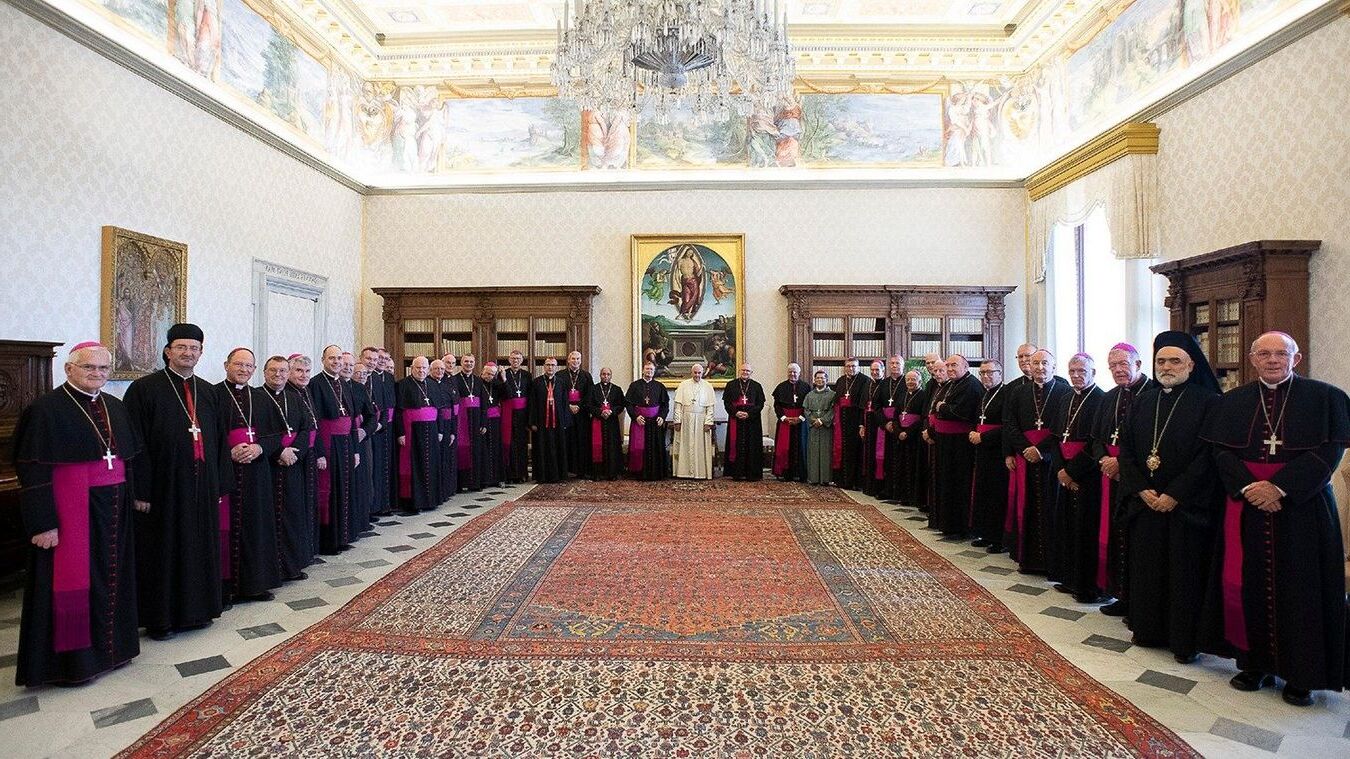
What is an Ad Limina visit? An Ad Limina visit is a pilgrimage that Catholic bishops make to Rome every five years. During this trip, bishops meet with the Pope and report on the state of their dioceses. The term "Ad Limina" comes from the Latin phrase "Ad Limina Apostolorum," meaning "to the thresholds of the Apostles," referring to the tombs of Saints Peter and Paul. These visits are crucial for maintaining the connection between local dioceses and the Vatican. Bishops discuss various issues, share their challenges, and seek guidance from the Pope. This tradition underscores the unity and continuity of the Catholic Church.
What is an Ad Limina Visit?
An Ad Limina Visit is a significant event in the Catholic Church. Bishops from around the world travel to Rome to meet the Pope and report on the state of their dioceses. This tradition has deep roots and serves multiple purposes.
- The term "Ad Limina" means "to the thresholds" in Latin, referring to the thresholds of the tombs of the Apostles Peter and Paul.
- These visits are typically scheduled every five years, although the frequency can vary.
- Bishops present a detailed report on their dioceses, covering spiritual, administrative, and social aspects.
- The Pope uses these reports to understand the global Church's condition and challenges.
- The tradition dates back to the early centuries of the Church, emphasizing its long-standing importance.
Purpose of Ad Limina Visits
Understanding the purpose behind these visits helps appreciate their significance. They are not just formalities but essential for the Church's unity and governance.
- They reinforce the bond between the Pope and the bishops, ensuring a unified Church.
- Bishops receive guidance and support from the Pope, helping them lead their dioceses more effectively.
- These visits provide an opportunity for bishops to discuss local issues and seek solutions.
- The Pope can address global concerns and share his vision for the Church's future.
- They also serve as a spiritual pilgrimage, deepening the bishops' faith and commitment.
Historical Background
The history of Ad Limina Visits is rich and fascinating. It reflects the evolving relationship between the Pope and the bishops over centuries.
- The practice began in the early Middle Ages, around the 4th century.
- Initially, visits were more sporadic and less formalized.
- Pope Sixtus V, in the late 16th century, established the five-year interval for these visits.
- The tradition has survived various historical challenges, including wars and reforms.
- Modern Ad Limina Visits have become more structured, with detailed guidelines and expectations.
The Process of an Ad Limina Visit
The process involves several steps, each crucial for the visit's success. Bishops prepare extensively to ensure they provide comprehensive reports.
- Preparation begins months in advance, with bishops compiling data and reports.
- Upon arrival in Rome, bishops participate in meetings with various Vatican departments.
- The highlight is the private audience with the Pope, where bishops present their reports.
- Bishops also celebrate Mass at the tombs of Saints Peter and Paul, honoring the tradition's origins.
- After the visit, bishops return to their dioceses with renewed vigor and insights from their discussions in Rome.
Final Thoughts on Ad Limina Visits
Ad Limina visits hold significant importance for the Catholic Church. These visits, mandated by canon law, ensure bishops maintain a direct connection with the Pope. They provide an opportunity for bishops to report on their dioceses, discuss challenges, and seek guidance. This tradition, rooted in centuries of practice, strengthens the unity and governance of the Church.
Bishops prepare detailed reports, covering various aspects of their dioceses, from pastoral activities to financial health. These reports help the Pope understand the local Church's situation and make informed decisions. The visits also foster a sense of fraternity among bishops, as they share experiences and insights.
Understanding the purpose and process of Ad Limina visits offers a glimpse into the inner workings of the Catholic Church. It highlights the importance of communication, accountability, and unity in maintaining the Church's mission and integrity.
Was this page helpful?
Our commitment to delivering trustworthy and engaging content is at the heart of what we do. Each fact on our site is contributed by real users like you, bringing a wealth of diverse insights and information. To ensure the highest standards of accuracy and reliability, our dedicated editors meticulously review each submission. This process guarantees that the facts we share are not only fascinating but also credible. Trust in our commitment to quality and authenticity as you explore and learn with us.


